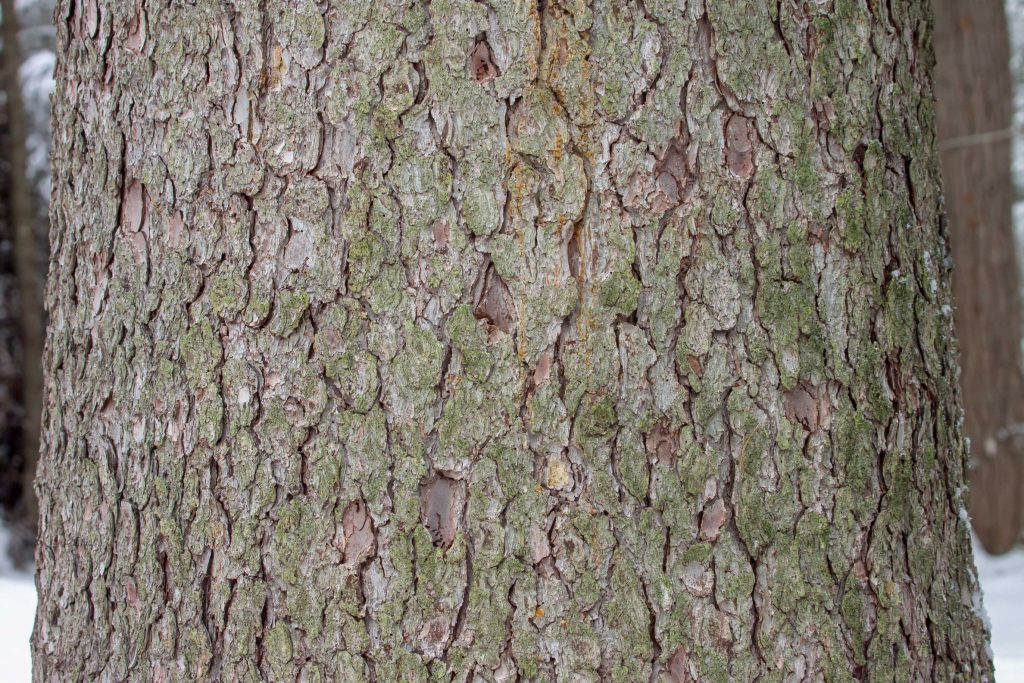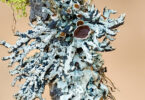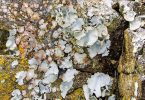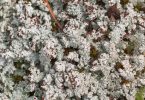Look closely at the pictured tree trunk. Looks normal except for some light green coloring on the bark. Is the green, moss? A closer look reveals no structure similar to a stem or leaf, so it isn’t a moss. The green isn’t a traditional plant in form, but it does have shape, kind of bubbly, popcorn-shaped. And there are vertical, mushroom-like black growths coming out of the green. Let me introduce you to Green Stubble Lichen (Calicium viride)


Natural History Notes
There are 30 North American species of stubble lichen classified in two genus
(Brodo, Sharnoff and Sharnoff 2001). This particular species can be found in the Pacific Northwest growing on bark of several conifer species (Vitt, Marsh and Bovey 1988). It is also distributed in Eurasia and South America (Consortium of North American Lichen Herbarium). Here in Montana, look for it in the western part of the state that is moist forest at low elevations (McCune, Rosentreter, Spribile, Breuss and Wheeler 2014). While searching for Green Stubble Lichen you might encounter two other stubble species, Calicium glaucellum and Chaenotheca furfuracea, that are found respectively on bark-less conifer stumps and conifer roots.
Photography issues
This species is very 3D, plus it grows on curved bark! How does one get it all in focus? The photographic plates in Lichens of North America (Brodo, Sharnoff and Sharnoff 2001) display printed images captured at f/32 using film and twin flash. Apertures of f/32 do have a larger depth-of-field, but the trade-off is a softer and not-as-sharp picture.
My current best practice is tripod, mirror lock, remote trigger, multiple exposures between f/9 and f/22 using one of three macro lenses. Ultimate photo selection depends on what it is to be used for, in this online digital 🙂 By the way, I have tried “stacking” (multiple photos employing a focus rail) digital photos using Photoshop. It is an option that I have had mixed success with.




